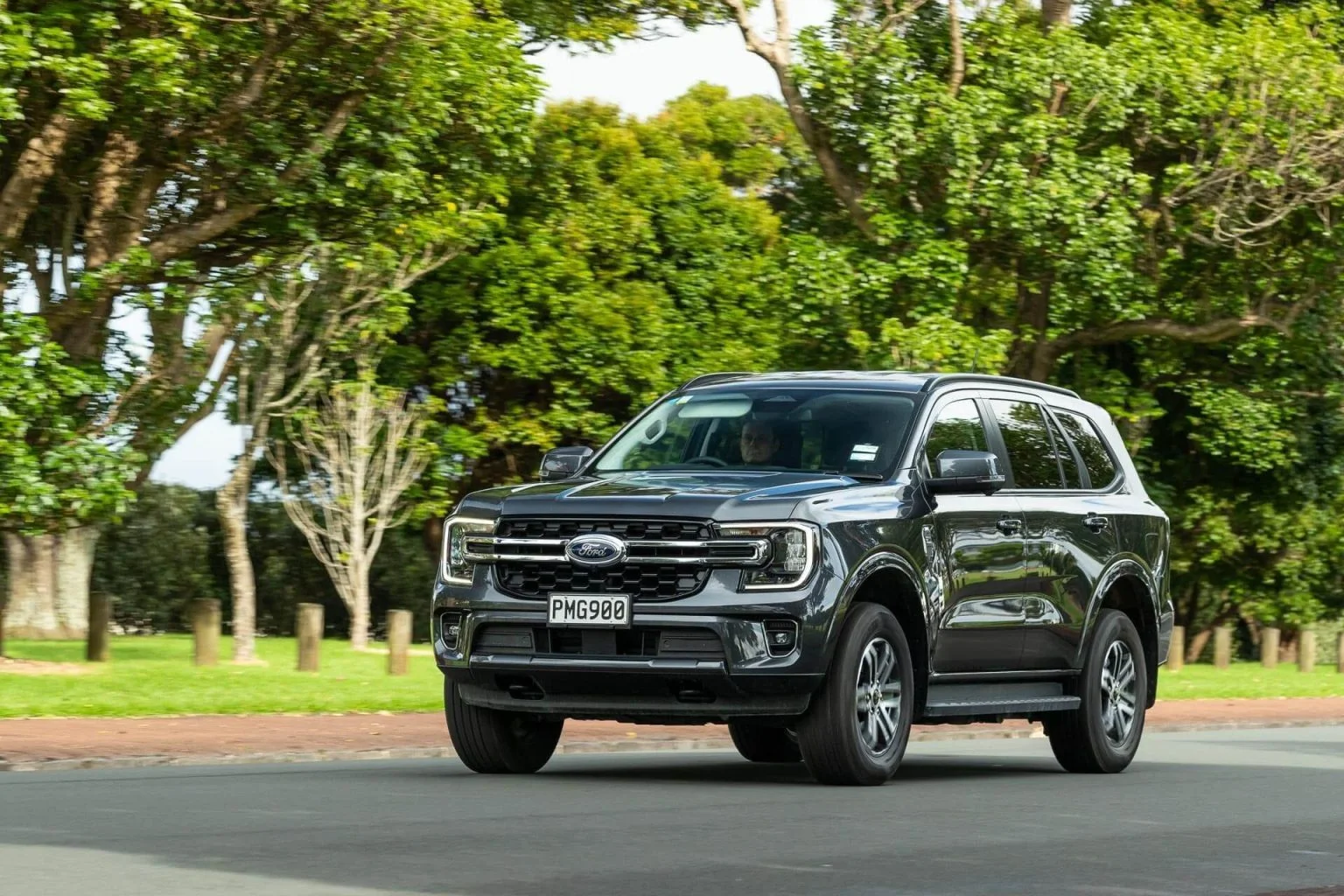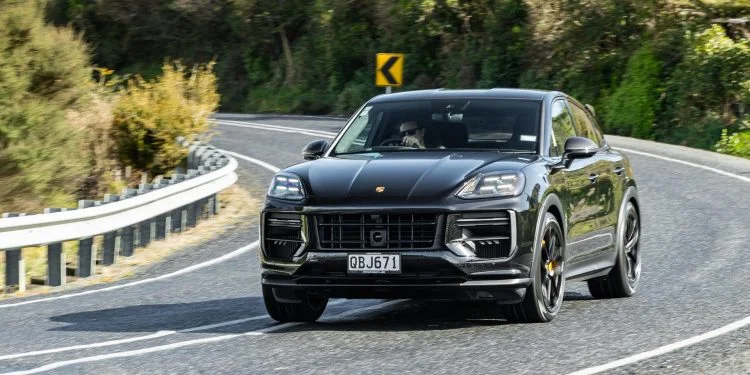Nissan X-Trail 2007-2013 used car review
The Nissan X-Trail stands out in the crowded market for small family SUVs by retaining useful off-road ability.

The Nissan X-Trail stands out in the crowded market for small family SUVs by retaining useful off-road ability. A lack of child seat mounts in some versions may be off-putting for families.
The X-Trail was Nissan's first mid-size crossover vehicle. It combines passenger car attributes with an SUV. In 2007 the second-generation X-Trail was launched – bigger, with an exaggerated version of the model’s chunky styling.
While most small SUVs feature an entirely automatic all-wheel drive system, the X-Trail’s is switchable, allowing the car to be front-wheel drive, all-wheel drive or locked into an off-road mode, sending an equal amount of power to the front and rear wheels for maximum traction.
Inside and out
Distinctive inside and out for its boxiness, the X-Trail looks rough and tough. Big square headlights dominate the front, with smaller circular lights built into them. The long bumps on each side of the bonnet give the car a strong off-roader look. The X-Trail's rear has tall vertical tail lights for extra visibility and durable black plastic cladding along the bottom edge.
Replacing the previous-generation X-Trail's unusual centre-mounted instruments is a conventional dash layout. There is a huge amount of interior storage, including a large lidded unit on top of the dash, a box great for holding smartphones in the centre console and two lidded pockets able to double as storage or cupholders.
Our 2007 used-import review vehicle is fitted with a touch-screen infotainment unit, which tilts forward to reveal a CD player. It has a navigation system, but lacks local maps, and a band expander is required to receive most local stations.
An option fitted to this car is soft, charcoal-coloured leather. The driving position is very comfortable, with seat side bolsters that hold you in place. The driver’s seat is height adjustable; the angle of the steering wheel can also be adjusted, ideal for shorter drivers.
There is a good level of leg and head room for rear seat passengers, and the back adjusts for recline. The centre seat is broad and flat, but without a headrest and with only a lap belt it is less appealing for passengers, and can't be used for a booster seat.
At 630 litres the X-Trail offers one of the biggest boots in its class. It will take four large suitcases, and with the back seats folded down there’s a massive 1773 litres — allowing you to carry a couple of mountain bikes.
The back of the rear seat and the boot floor are made of a textured, hard-wearing plastic that can be easily cleaned. Underneath the floor are two long drawers which pull out and are perfect for keeping small items that would otherwise slide around, or tucking valuables out of sight. There are also hooks for shopping bags and tie-down points.
On the road
Power for the X-Trail comes from a choice of 2-litre and 2.5-litre four-cylinder petrol engines, while a 2-litre four-cylinder diesel was also available, but not common. The petrol engines are paired with a CVT automatic transmission and front or all-wheel drive.
Our 20S model has all-wheel drive and the 2-litre petrol engine, producing 104kW and 193Nm. If you want to carry a full load on a regular basis, try to find a car with the bigger motor. Around town it is still fine to drive and is a free-revving engine, which suits the transmission. It is not very refined, and can be a little noisy.
Handling is acceptable. The steering does not supply the driver with much feedback of what the wheels are doing and it rides more firmly than other family SUVs — passengers may get a little jostled by bad roads.
You control the all-wheel drive system using a dial forward of the transmission shifter. For day-to-day use, select 2WD for maximum efficiency, on wet or slippery roads choose 4WD for extra grip, and when going off road or on extra-slippery surfaces, you can lock the centre differential to provide equal power to the front and rear wheels for maximum grip. How far off the road will an X-Trail go? It will happily tackle a sandy beach, dry rutted trail or paddock crossing.
Handy for off-road driving is hill descent control, which helps automatically slow the vehicle on a steep decline using the anti-lock braking system. The button for this system is next to the all-wheel drive selection dial.
Raised edges of the bonnet makes it easy to judge the edges of the X-Trail while parking. There are large blind spots to the rear and sides, as the rear pillars are very thick. The 10.8-metre turning circle is average for vehicles of this type.
Towing weight varies between 750kg for an unbraked trailer and 2,000kg for a braked trailer – enough for a medium-sized trailer boat, and more than most competing vehicles by 400kg.
Reliability
A small number of the QR20 four-cylinder twin-cam engines experienced overheating and subsequently failed heads or head gaskets, a problem suspected to be caused by using the wrong type of antifreeze. You can spot this by a consistent loss of coolant, milky froth in the underside of the oil filler cap or traces of oil in the radiator fluid. The usual fix for an engine failure of this type is to replace it with a new or used unit, starting from $2,000.
Check the plastic radiator for signs of fatigue or cracking. Over time it can become brittle, eventually resulting in cracking and a loss of coolant or overheating. Luckily a replacement is only a few hundred dollars.
Normally this is found during the inspection service when the car is imported into New Zealand, but check for yourself by looking inside the arch for bubbling or discolouration of the metal. If you find something of concern, avoid the vehicle or have it professionally checked - as rust repairs are expensive.
Also check the boot area for signs of excessive wear and damage. While they are designed to be cleanable and durable, previous owners may have taken this as a sign to treat the area badly.
Safety
No Used Car Safety Rating has been issued for our review X-Trail yet. The New Zealand–new version (2007-2013) received a four-star ANCAP rating, but featured more airbags than our review vehicle.
Standard on the X-Trail are driver and passenger airbags and antilock brakes, while our review vehicle also featured electronic brake force distribution and electronic stability control.
Our review vehicle does not have ISOFIX child seat mounting points, but is fitted with three tether points under plastic covers in the boot. Many X-Trails of this generation do – so look for them along the join between the top and bottom rests for the metal loop when car shopping. The centre seatbelt is a lap-only type, and does not offer as much protection as a three-point (with shoulder) belt.
With large blindspots to the rear of the car we would recommend buying an X-Trail with a reversing camera, or having one fitted.
Cost of ownership
Frequent servicing is required for this generation X-Trail. It is recommended every six months or 10,000km, with a major service required at 100,000km for the CVT transmission. A Nissan dealer quoted us $395 for the regular service, and $653 for the major one.
RightCar estimates that over 14,000km of driving a year, a Nissan X-Trail will cost $2,600 a year to fuel. Filling the 65-litre tank from empty will cost $130 at $2 a litre, and you could travel up to 645km before the fuel light comes on.
Sitting in the second cheapest ACC levy band, the X-Trail's annual licensing fee (registration) is $112.16.
Trade Me Insurance estimates insurance for the car will cost $57.66* per month. That’s a dollar a month less than the Mitsubishi Outlander and Toyota Rav4.
Buyers’ guide
Nissan X-Trails on Trade Me range from just over $7,000, rising to $25,000 for later and lower mileage vehicles. Buyers put a lot of optional extras on X-Trails in Japan, so there are plenty of wheels, a body kit, improved interior, and otherwise upgraded cars available, like ours with its nice-to-have leather seats.
Variants
- S – Standard specification with fabric interior and manual air conditioning
- X – A more premium specification, adding climate control, spotlights and alloy wheels
- AXIS – A special model featuring a leather interior, body kit and alloy wheels
All models are available in front-wheel or all-wheel drive and 2-litre or 2.5-litre form called the ‘20’ and 25’ respectively.
Timeline
- 2007 Production starts in Japan
- 2008 Diesel engine added
- 2010 Minor facelift released
- 2013 Replaced by a new model
Details
2007 Nissan X-Trail 20S
$10,000 to $18,500 for models which have travelled 70,000 to 120,000km
2-litre four-cylinder, 104kW/193Nm (claimed)
CVT automatic, all-wheel drive
Unrated
10,000km or six months
Full-size steel wheel
9.3-litres per 100km (claimed)
Regular
4630mm
1796mm
1770mm
750kg (unbraked), 2000kg (braked)
10.8m
This review covers the Nissan X-Trail for model years 2007, 2008, 2009, 2010, 2012 and 2013.
Review vehicle supplied by 2CheapCars, Botany.
*Our insurance estimates are based on a 35-year-old male with no accidents in the last two years, garaging the car in Mission Bay, Auckland. The car is not used for business and will cover 10,000km to 20,000km a year. We estimate with no option add-ons and $500 excess. Customise your estimate at Trade Me Insurance.
Image gallery
Also consider






